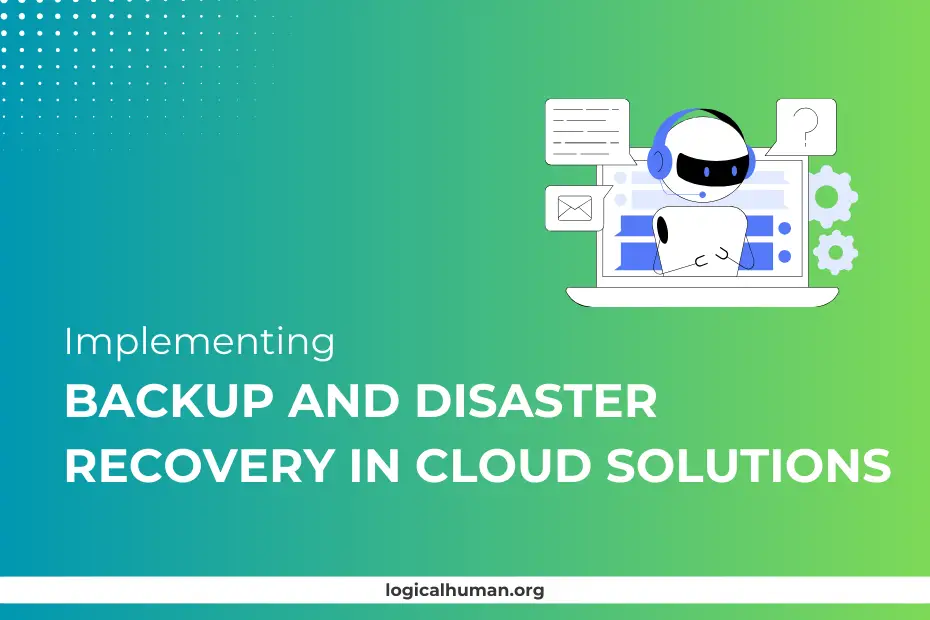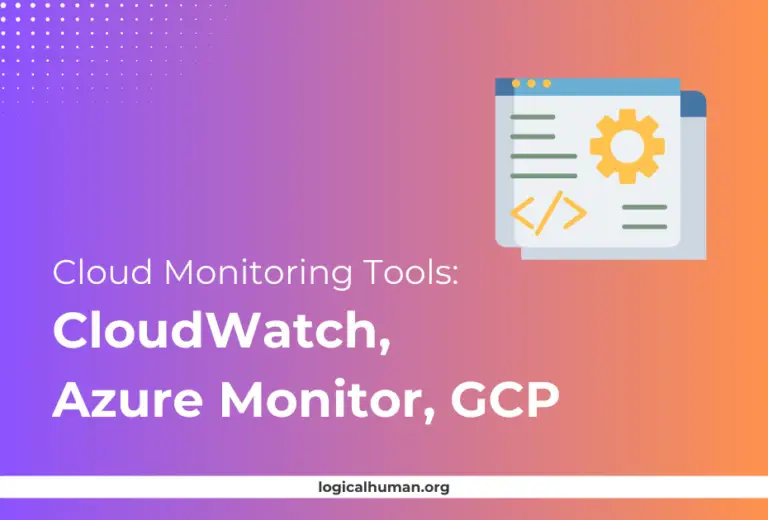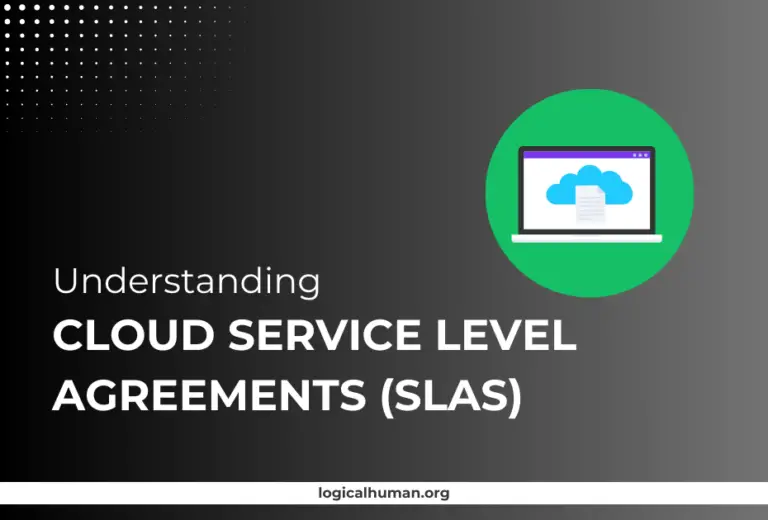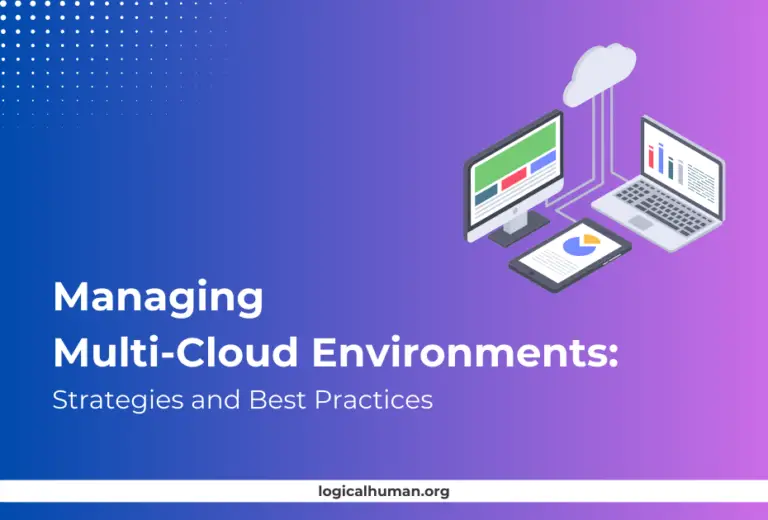Backup and Disaster Recovery (BDR) are essential components of any robust IT strategy. They ensure that your data is safe and your business can continue operating even in the event of an unexpected disruption. In cloud environments, these strategies become even more critical due to the shared responsibility model between the cloud provider and the customer. In this article, we will dive deep into how to implement BDR in cloud solutions effectively.
Understanding Cloud Backup
What is Cloud Backup?
Cloud backup, also known as online backup, involves sending a copy of your physical or virtual files and databases to a secondary, off-site location for preservation in case of equipment failure or a catastrophe. This data can then be restored to its original state or a new location when needed.
Benefits of Cloud Backup
- Scalability: Easily scale storage up or down based on your needs without investing in additional hardware.
- Cost-Effective: Pay-as-you-go pricing models make cloud backup a financially viable solution for businesses of all sizes.
- Accessibility: Data can be accessed from anywhere, as long as there’s an internet connection.
Challenges of Cloud Backup
- Bandwidth Limitations: Initial data transfer can be time-consuming and bandwidth-intensive.
- Security Concerns: Transferring sensitive data over the internet requires robust encryption to prevent unauthorized access.
- Compliance Issues: Ensuring that your backup strategy adheres to data protection laws and regulations can be challenging.
Understanding Disaster Recovery in the Cloud
What is Disaster Recovery?
Disaster Recovery (DR) is a subset of business continuity that involves restoring IT infrastructure and operations after a disruptive event, such as a natural disaster, cyberattack, or hardware failure.
Difference Between Backup and Disaster Recovery
While backup involves copying data to a safe location, disaster recovery focuses on restoring the full IT environment, including servers, networks, and applications, to ensure business operations can continue as normal.
Benefits of Disaster Recovery in the Cloud
- Rapid Recovery: Cloud DR solutions can reduce downtime significantly by enabling rapid failover to secondary systems.
- Cost Savings: You don’t need to maintain duplicate hardware; instead, you can leverage cloud resources on-demand.
- Flexibility: Choose from various recovery options depending on your business needs, from simple data restoration to full-scale environment replication.
Key Components of an Effective BDR Strategy
Data Backup Solutions
Identify which data needs to be backed up, how often, and for how long. Decide between full, incremental, or differential backups based on your organization’s needs.
Disaster Recovery Planning
Create a detailed plan outlining the steps needed to restore operations, the resources required, and the roles and responsibilities of team members.
Risk Assessment and Management
Conduct a risk assessment to identify potential threats to your data and IT infrastructure, then implement measures to mitigate these risks.
Choosing the Right Cloud Service Provider
Factors to Consider
- Service Level Agreements (SLAs): Ensure the provider offers SLAs that meet your recovery time objectives (RTO) and recovery point objectives (RPO).
- Data Security: Look for providers with robust security measures, including encryption and multi-factor authentication.
- Compliance: Verify that the provider complies with industry-specific regulations, such as GDPR or HIPAA.
Security and Compliance
Ensure that your chosen provider has certifications that validate their security practices, and that they offer features like data encryption and audit logs to help you maintain compliance.
Implementing Cloud Backup
Types of Cloud Backup Solutions
Full Backup
A complete copy of all data is made, providing the most comprehensive form of backup but consuming the most storage and bandwidth.
Incremental Backup
Only data that has changed since the last backup is saved, reducing storage needs and backup time.
Differential Backup
Data modified since the last full backup is saved. It requires more storage than incremental backups but offers faster recovery times.
Best Practices for Cloud Backup Implementation
- Regular Backups: Schedule backups to occur regularly, based on your data change rate and business requirements.
- Data Encryption: Encrypt data both in transit and at rest to prevent unauthorized access.
- Backup Monitoring: Use automated tools to monitor backup status and alert you to any issues.
| Strategy | Description | Use Case | Benefits | Drawbacks |
|---|---|---|---|---|
| Full Backup | Complete backup of all data. | Small to medium-sized data sets. | Simplifies restoration; comprehensive data. | High storage and bandwidth requirements. |
| Incremental Backup | Only backs up data that has changed since last backup. | Dynamic data environments with frequent changes. | Reduced storage and faster backups. | Slower restoration time, depends on multiple backups. |
| Differential Backup | Backs up data changed since the last full backup. | Environments with less frequent data changes. | Faster restoration than incremental backup. | Requires more storage than incremental backup. |
| Pilot Light DR | Minimal environment running in the cloud. | Cost-sensitive businesses needing rapid recovery. | Low cost; quick to scale up during a disaster. | Limited functionality before scaling. |
| Warm Standby DR | Scaled-down version of fully functional environment. | Businesses requiring moderate recovery times. | Quicker recovery with lower costs than full replication. | Higher costs than Pilot Light. |
Implementing Cloud Disaster Recovery
Types of Disaster Recovery Strategies
Pilot Light Strategy
A minimal version of your environment is always running in the cloud, enabling you to scale up rapidly when needed.
Warm Standby Strategy
A scaled-down version of your fully functional environment is always running, reducing recovery time but at a higher cost.
Multi-Site Strategy
Your entire environment runs simultaneously across multiple sites, providing the quickest recovery but requiring significant investment.
Steps to Implement Cloud Disaster Recovery
- Define Your DR Objectives: Establish clear RTO and RPO.
- Select a Recovery Strategy: Choose based on your business’s risk tolerance and budget.
- Set Up DR Environment: Configure the cloud environment according to your chosen strategy.
- Test and Validate: Regularly test the DR plan to ensure it works as expected.
Testing and Validating Your BDR Plan
Importance of Testing
Regular testing helps identify any gaps in your BDR plan and ensures all stakeholders know their roles during a real disaster.
Types of Testing
- Tabletop Exercises: Simulate a disaster scenario and walk through the recovery process.
- Functional Testing: Test specific components of your BDR plan, such as restoring a database.
- Full-Scale Testing: Conduct a complete simulation of a disaster to test the entire plan.
Automating BDR Processes
Benefits of Automation in BDR
- Efficiency: Automate routine tasks like backup scheduling and monitoring.
- Consistency: Reduce the risk of human error by automating repetitive processes.
- Speed: Automated failover can drastically reduce downtime during a disaster.
Tools for Automating BDR
- Backup Software: Solutions like Veeam and Commvault automate backup processes.
- Disaster Recovery Orchestration: Tools like AWS CloudFormation and Azure Site Recovery automate DR workflows.
Common Pitfalls and How to Avoid Them
Inadequate Testing
Failing to test your BDR plan can lead to unexpected issues during an actual disaster. Regularly test and update your plan.
Ignoring Security Protocols
Ensure that your backup and DR solutions are as secure as your production environment. Use encryption and access controls to protect your data.
Overlooking Compliance Requirements
Different industries have specific regulations regarding data protection and disaster recovery. Make sure your BDR strategy complies with all applicable laws.
The Role of AI and Machine Learning in BDR
Predictive Analytics for Disaster Recovery
AI can predict potential failures and suggest proactive measures to prevent them, improving the effectiveness of your BDR strategy.
Automated Threat Detection and Response
Machine learning algorithms can detect anomalies in your systems that may indicate an impending disaster, allowing for automated responses to mitigate the impact.
Case Studies: Successful BDR Implementations in the Cloud
Case Study 1: Retail Industry
A global retail company implemented a cloud-based BDR solution to ensure business continuity during peak shopping seasons. This strategy enabled them to recover within minutes during a data center outage.
Case Study 2: Healthcare Sector
A healthcare provider adopted cloud BDR to protect patient data and maintain compliance with HIPAA regulations. Their robust DR plan enabled them to quickly restore critical systems following a ransomware attack.
Future Trends in Cloud BDR
Edge Computing and BDR
As more businesses adopt edge computing, integrating BDR with edge environments will become essential to ensure comprehensive data protection.
Hybrid Cloud Solutions
Combining public and private clouds will offer more flexibility and cost savings, enabling businesses to optimize their BDR strategies.
Creating a BDR Policy for Your Organization
Defining BDR Objectives
Clearly define your BDR objectives, including acceptable downtime and data loss, to guide your strategy and decision-making.
Documentation and Communication
Document your BDR plan in detail and communicate it to all relevant stakeholders. Regularly review and update the plan to reflect any changes in your IT environment.
Conclusion
Implementing an effective Backup and Disaster Recovery strategy in cloud solutions is not just about technology—it’s about safeguarding your business. By understanding the intricacies of cloud backup and disaster recovery, choosing the right providers, and implementing best practices, you can ensure your data is protected and your business remains resilient in the face of any disaster.
FAQs
How can I ensure compliance with data regulations in cloud BDR? Choose a cloud provider that complies with industry-specific regulations and implement robust security measures like encryption and access controls to protect your data.
What is the difference between backup and disaster recovery? Backup involves copying data to a secure location, while disaster recovery focuses on restoring the entire IT environment, including systems and applications, to resume normal business operations.
How often should I test my BDR plan? Ideally, you should test your BDR plan at least twice a year. Regular testing helps identify gaps and ensures that all stakeholders are familiar with their roles during a disaster.
Can I use multiple cloud providers for backup and disaster recovery? Yes, using multiple cloud providers can offer additional redundancy and mitigate the risk of vendor lock-in, ensuring greater flexibility and reliability.
What are the costs associated with cloud BDR? Costs can vary based on the level of service, data volume, and recovery requirements. Generally, pay-as-you-go models make cloud BDR solutions cost-effective for most businesses.



